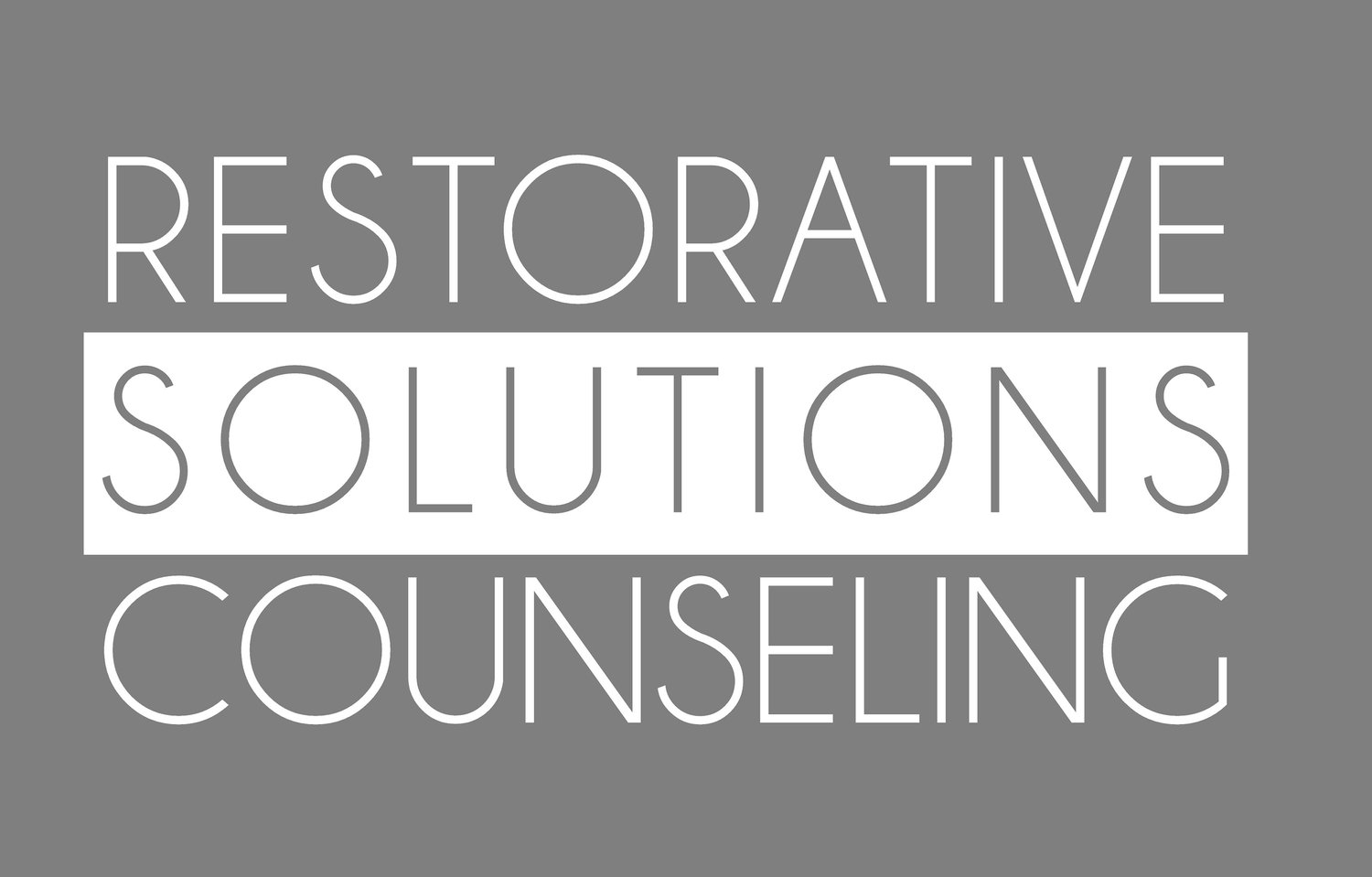Diagnoses of disorders like Attention Deficit Hyperactivity Disorder (ADHD) and Autism typically are spotted in children, and these diagnoses have been on the rise for a very long time now. I remember early in my career hearing criticisms of this very thing. “They’re saying everyone has ADHD now.” If it seems like more and more kids are being diagnosed with one of these disorders, that’s because they are. This brings up several questions: Are we over diagnosing kids? Do more kids have these diagnoses than kids in the past? Are we getting better at spotting these disorders? Today I was reading a very interesting article in Psychology Today magazine* about adults who receive a diagnosis of ADHD, Autism, and Bipolar disorder, and I will be referencing the article for this blog. It seems to confirm that the increase in these diagnoses probably has more to do with improvements in screenings and assessments. If each generation has had more kids diagnosed with ADHD or Autism than the generation before, we should become curious about the adults from the older generations who were never diagnosed as kids.
It turns out that adults* are also being increasingly diagnosed with these disorders as well. A study in 2019 found that in the previous 10 years there was a 123% increase in adults diagnosed with ADHD. Another study found that the prevalence of adults with an Autism diagnosis doubled from 2011-2019. These are not small jumps. This is huge. It certainly isn’t easy being a teen. Even if we look back at our teen years and think that our problems really weren’t so big after all, that’s only because we’re looking at problems that are far in the past through a lens of wisdom. We shouldn’t forget that teens are facing difficult challenges while also trying to figure out who they are. This is no small task. Add into the mix that the teen brain can experience emotions at a nearly adult level while also lacking development in their decision-making and planning part of the brain. Being a teen is hard; however, transitioning* to adulthood means taking on whole new levels of responsibility. Those who were able to mask their struggles throughout their childhood and teen years might find that these problems are no longer manageable when they reach adulthood.
Women are even more likely to be diagnosed* with ADHD or Autism later in life than men. Much of the initial research on these conditions focused on boys, and girls often tend to show more subtle symptoms or have greater success masking them. Before we congratulate them for successfully keeping things under the radar, it’s worth noting that women with undiagnosed ADHD are shown to have lower self esteem than those without ADHD. Adults who were diagnosed with Autism as children tend to feel better about themselves than those who are diagnosed later. Because of the difficulties associated with having one of these disorders but not having treatment, it probably isn’t surprising that these individuals often seek mental health assistance for depression or anxiety. Not knowing why they are experiencing difficulty with work, relationships, or social situations can result in deep feelings of shame. People may feel stupid, lazy, or broken because they can’t just seem to make themselves be what they want to be. Finally receiving a diagnosis, and by extension a reason for why they struggle, can be a huge sense of relief. Of course the challenges don’t end there. Often there can be a sense of grief over what things could’ve been like with successful treatment, but overall, people report less self-blame and more feelings of control. Finally receiving an accurate diagnosis can also allow people who’ve been masking their symptoms for their entire life to finally show who they really are.
Recently, Autism and ADHD have been lumped together under the term neurodiversity. This term introduces the concept that there are brain differences that occur in ADHD or Autism brains. These differences shouldn’t be seen as bad, but they are distinct. Much of our society is set up for the neurotypical brain. When we think of the Autistic or ADHD brain as neurodivergent we can take into account that their brains aren’t defective; they just have a hard time fitting into neurotypical settings. Unfortunately, these settings usually include education and some forms of employment. There are medications and therapies designed to help, but make no mistake, the goal isn’t to fix a defective brain. The goal of these interventions is to help neurodiverse individuals find success in a neurotypical world.
*Diagnosed in Adulthood, Psychology Today, October 2024
